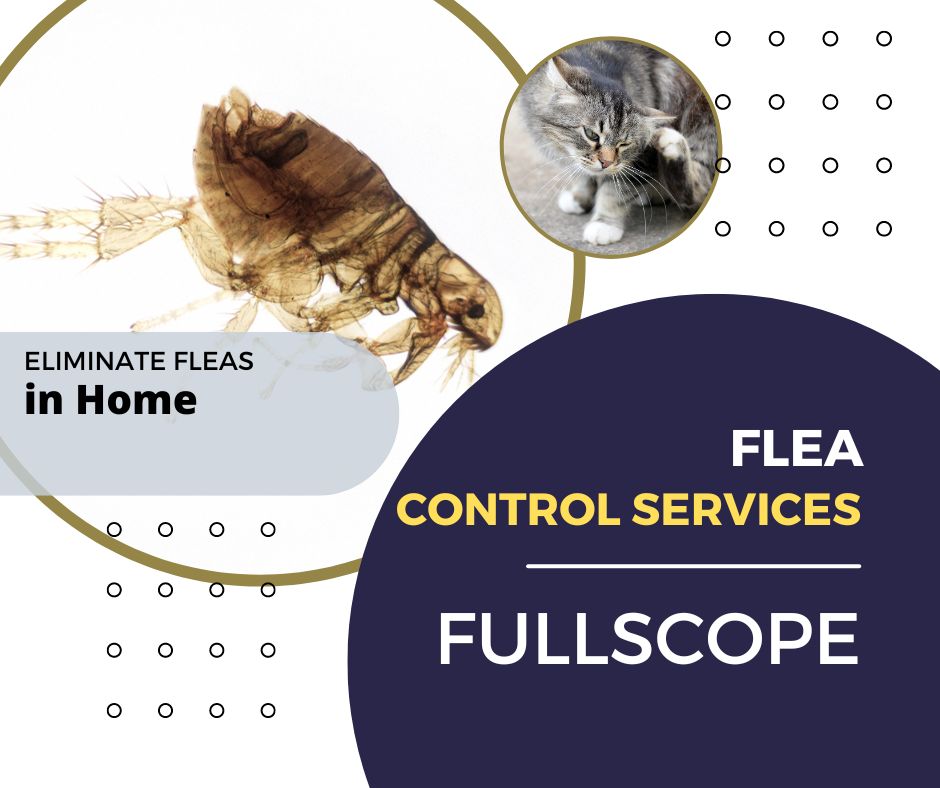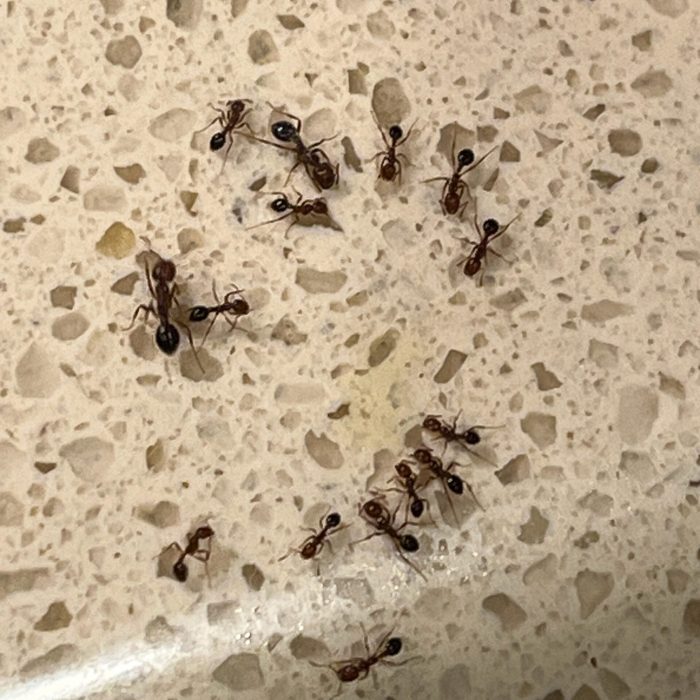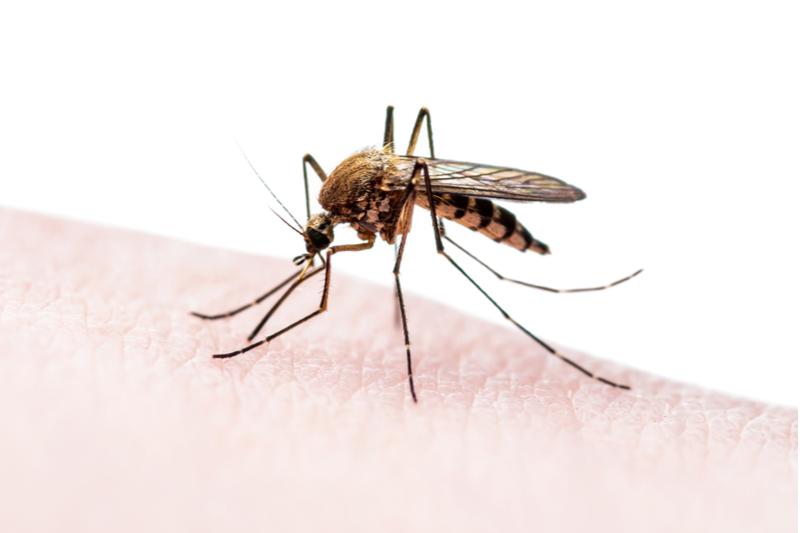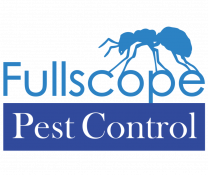
Key Highlights
- Fleas can be a nuisance and affect the health and well-being of your pets.
- To effectively get rid of fleas in your house, it’s important to treat the source of the infestation, which is often your pets.
- Vacuuming floors, furniture, and pet areas regularly is crucial in removing fleas and their eggs from your home.
- Washing pet bedding and soft furnishings in hot water helps kill fleas and their eggs.
- It’s important to apply chemical treatments with caution and follow the instructions carefully to ensure the safety of your pets and family.
- Using natural remedies as preventative measures can help control fleas and reduce the need for chemical treatments.
Introduction
Fleas are a common problem faced by pet owners. These tiny parasites can quickly infest your home and cause discomfort to your pets. Apart from being annoying, fleas can also transmit diseases and cause allergic reactions. Getting rid of fleas in your house requires a comprehensive approach that targets both the source of the infestation and the environment in which they thrive.
In this blog, we will provide you with 8 essential steps to eliminate fleas in your house. These steps will help you identify and treat a flea infestation, prevent future infestations, and ensure the well-being of your pets. From early identification to regular vacuuming and the use of chemical treatments, we will cover all the necessary measures you need to take to create a flea-free environment.
By following these steps, you can effectively eliminate fleas from your house and keep your pets and family safe from the discomfort and health risks associated with flea infestations. Let’s dive into the details of each step and learn how to get rid of fleas in your house once and for all.
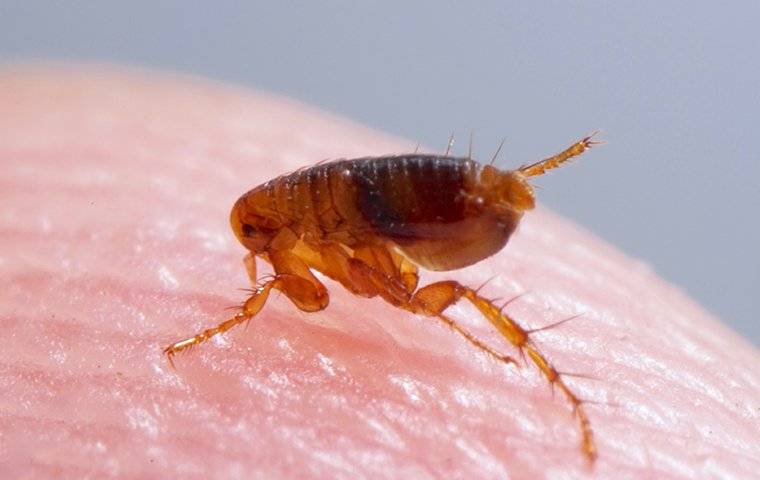
8 Key Steps on How to Get Rid of Fleas in House
If you’re dealing with a flea infestation in your home, it’s important to take immediate action to eliminate these pests. Here are 8 key steps to rid your home of fleas:
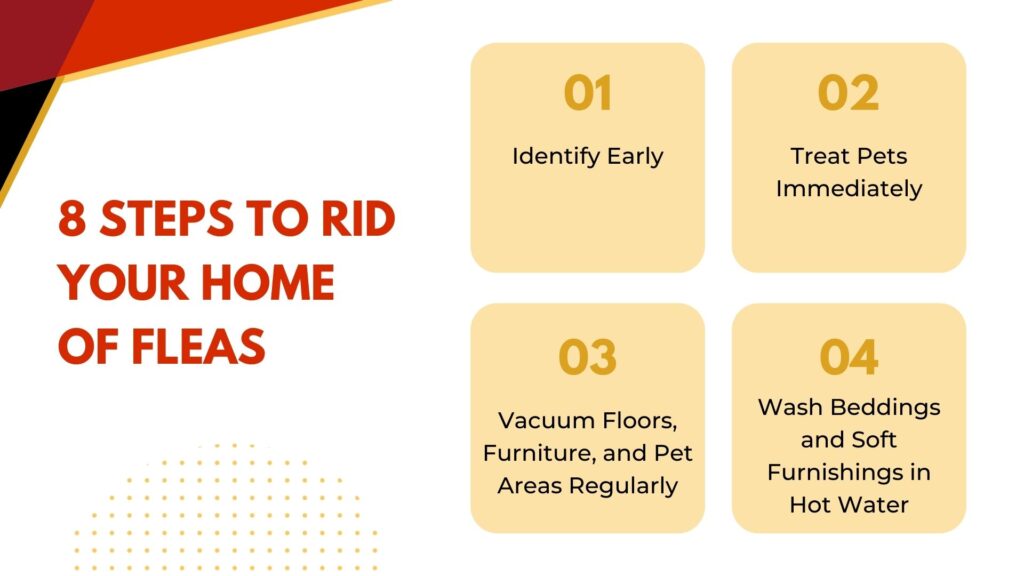
1. Identify the Infestation Early
Identifying a flea infestation early is crucial in preventing it from spreading throughout your home. Look out for signs such as adult fleas on your pets or in your home, flea eggs in your pet’s fur or bedding, and flea dirt (small black specks resembling pepper) on your pet’s skin or in their favorite resting areas. If you suspect a flea infestation, take immediate action to treat your pets and begin the process of eliminating fleas from your home.
2. Treat Your Pets Immediately
Treating your pets is an important step in getting rid of fleas in your house. Start by using a flea comb to remove adult fleas from your pet’s fur. Be sure to focus on areas such as the neck and tail, as these are prime spots for fleas to hide. After combing, drop any fleas you’ve removed into a container of hot, soapy water to kill them. Next, consult your veterinarian to determine the best flea treatment for your pets. They can recommend topical or oral treatments that will effectively kill fleas and prevent future infestations.
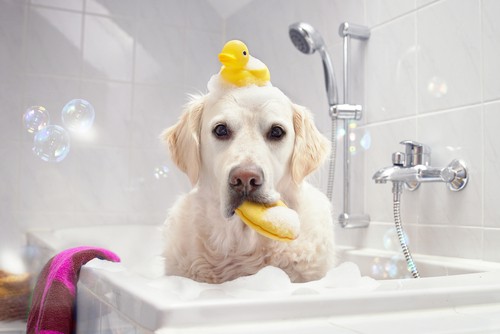
3. Vacuum Floors, Furniture, and Pet Areas Regularly
Regular vacuuming is essential in removing fleas and their eggs from your home. Use a vacuum cleaner with strong suction power and a HEPA filter to effectively capture fleas, eggs, and larvae. Pay special attention to areas where your pets spend a lot of time, such as their bedding, carpets, rugs, and furniture. Be thorough in your vacuuming, making sure to reach all corners and crevices. Don’t forget to vacuum wood floors as well, as fleas can hide in the cracks and crevices. Empty the vacuum bag or canister outside immediately after vacuuming to prevent fleas from reinfesting your home.
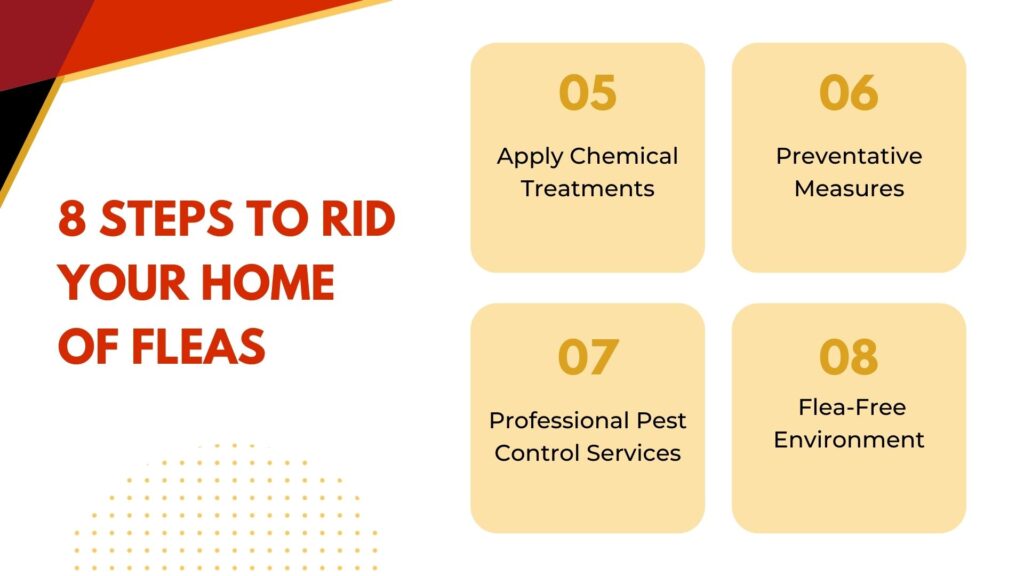
4. Wash Beddings and Soft Furnishings in Hot Water
Wash all beddings and soft furnishings in hot water to eliminate fleas effectively. Hot water helps kill adult fleas, flea eggs, and larvae present in the fabric. Use a high temperature setting for washing and drying to ensure thorough elimination. Pay close attention to pet bedding, cushions, carpeting, and upholstery as these areas are preferred spots for flea infestation. Regular washing with hot water disrupts the flea life cycle and prevents reinfestation, maintaining a clean and pest-free environment in your home.
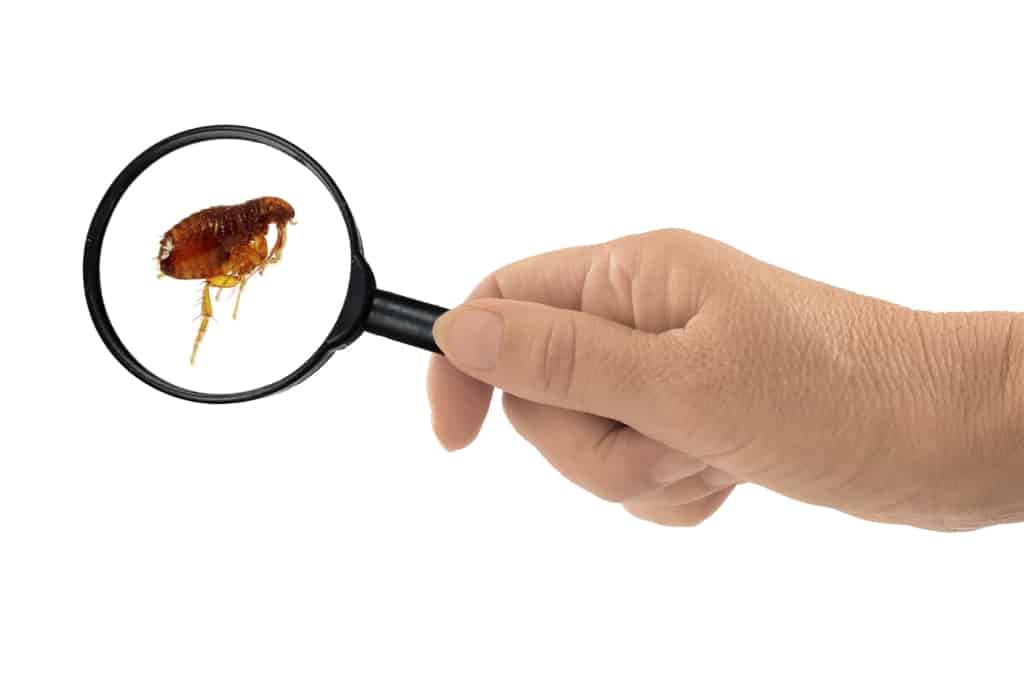
5. Apply Chemical Treatments
When tackling a flea infestation, it’s crucial to apply chemical treatments with caution. Always follow product instructions meticulously and consider consulting with a pest control expert for guidance. Be mindful of where you apply the treatments, focusing on pet resting areas, carpets, and furniture. Keep pets and children away from treated areas until it is safe. Regularly monitor the effectiveness of the chemical treatments and reapply as needed. Safety is paramount when dealing with pest control solutions. Remember, prevention is better than cure.
6. Use Natural Remedies as Preventative Measures
Consider incorporating natural remedies like soapy water or flea spray to prevent fleas. These solutions are effective as preventative measures and are safe for your pets and the environment. Regularly cleaning areas where your pets spend time, like pet bedding or living room carpets, can deter flea infestations naturally. By using natural remedies proactively, you can maintain a flea-free environment without resorting to harsh chemicals. Consulting with experts for advice on natural flea control methods can help you combat fleas effectively.
7. Consider Professional Pest Control Services
Consider engaging professional pest control services to efficiently tackle a persistent flea infestation. Expert advice and specialized treatments can effectively eliminate fleas from your home, ensuring a comprehensive approach to flea control. Professionals use targeted methods to address the root cause of the issue, safeguarding your family and pets from potential health risks associated with fleas. Their experience and knowledge in flea treatment can provide a lasting solution for a flea-free environment.
8. Maintain a Flea-Free Environment
Regular maintenance is key to keeping your home free of fleas. To maintain a flea-free environment, continue to vacuum floors and furniture frequently, wash pet bedding in hot water weekly, and use flea treatments on pets as recommended. Pay attention to the pet’s bedding and living areas, applying preventive measures consistently. Consider consulting pest control services periodically for expert advice and additional interventions to ensure a pest-free environment. By following these steps diligently, you can effectively prevent flea reinfestation and maintain a clean living space.
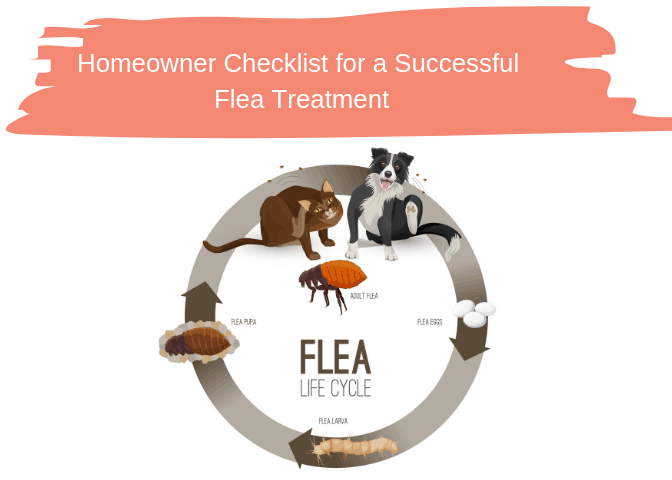
Understanding Fleas: Lifecycle and Habits
To effectively eliminate fleas in your house, it is important to understand their lifecycle and habits. The flea lifecycle consists of four stages: egg, larva, pupa, and adult.
- Eggs: Female fleas lay eggs on the host (usually your pets) or in their surroundings. These eggs are small and white and often fall off into carpets, bedding, and furniture.
- Larvae: Flea larvae emerge from the eggs and feed on organic debris, such as flea dirt and dead skin cells. They avoid light and prefer dark, humid areas, such as carpets and upholstery.
- Pupae: Larvae spin a cocoon and enter the pupal stage. They remain in this stage for several days to several weeks, depending on environmental conditions.
- Adults: Adult fleas emerge from the pupal stage and start feeding on blood. They prefer warm-blooded animals, including pets and humans.
Understanding the flea lifecycle helps in targeting all stages of the infestation. It is important to eliminate not only adult fleas but also their eggs, larvae, and pupae to prevent reinfestation.
The Stages of a Flea’s Life
The life cycle of a flea consists of four stages: egg, larva, pupa, and adult. Understanding these stages is crucial in effectively eliminating fleas from your house.
- Eggs: Female fleas lay eggs on the host (usually your pets) or in their surroundings. These eggs are tiny, white, and oval-shaped. They can fall off your pet and accumulate in areas such as carpets, bedding, and furniture.
- Larvae: After hatching from the eggs, flea larvae emerge. They are small, worm-like creatures that feed on organic debris, including flea dirt and dead skin cells. Flea larvae are highly sensitive to light and prefer to live in dark, humid places.
- Pupae: The next stage in the flea life cycle is the pupal stage. Flea larvae spin cocoons and enter the pupal stage, where they undergo metamorphosis. The pupal stage can last from a few days to several weeks, depending on environmental conditions.
- Adult fleas: Once the pupal stage is complete, adult fleas emerge from the cocoons. Adult fleas are about 1-3 millimeters long and are capable of jumping long distances. They feed on blood and can reproduce rapidly, laying hundreds of eggs in their lifetime.
To effectively eliminate fleas, it is important to target all stages of their life cycle. This includes treating your pets, as well as their bedding and the surrounding environment.
Fleas’ Favorite Environments and How to Disrupt Them
Fleas thrive in warm, humid environments and are often found in areas where pets spend a lot of time. Understanding their favorite environments can help you disrupt their habitat and prevent infestations.
Fleas prefer areas with organic debris, such as flea dirt, dead skin cells, and pet hair. Carpets, rugs, upholstery, and pet bedding are common hotspots for flea activity. They also tend to avoid areas with heavy foot traffic and direct sunlight.
To disrupt flea habitats and prevent infestations, follow these tips:
- Vacuum regularly: Vacuuming your floors, furniture, and pet areas helps remove flea eggs, larvae, and adults. Pay special attention to dark, humid areas where fleas are likely to hide.
- Wash pet bedding: Washing your pet’s bedding in hot water kills fleas and their eggs. Make sure to dry the bedding on high heat to eliminate any remaining fleas.
- Keep your house clean: Regularly clean and declutter your house to remove potential flea habitats. Vacuuming, sweeping, and mopping can help eliminate flea eggs and larvae.
- Treat outdoor areas: If you have pets that spend time outdoors, make sure to treat your yard for fleas. Remove debris, trim vegetation, and use insecticides or natural remedies to disrupt flea habitats.
By disrupting flea habitats and implementing preventive measures, you can significantly reduce the risk of flea infestations in your house.
Why Immediate Action is Crucial
Taking immediate action to eliminate fleas in your house is crucial for several reasons. Here’s why you should act quickly:
- Flea bites: Fleas can cause itchy bites on both humans and pets. Scratching these bites can lead to skin irritation and secondary infections.
- Disease control: Fleas can transmit diseases to both humans and pets, including tapeworms, typhus, and cat scratch disease. Taking immediate action can help prevent the spread of these diseases.
- Flea infestation: Fleas have a rapid reproductive cycle, and a small infestation can quickly turn into a large and difficult-to-control problem. Acting promptly can prevent the infestation from spreading throughout your house.
By taking immediate action, you can minimize the discomfort and health risks associated with fleas and prevent a full-blown infestation.
Health Risks Associated with Fleas
Flea bites can cause more than just temporary itching and discomfort. They can pose health risks to both humans and pets. Here are some of the health risks associated with fleas:
- Allergic reactions: Some individuals may experience an allergic reaction to flea bites, resulting in hives, swelling, and severe itching.
- Disease transmission: Fleas can transmit diseases to both humans and pets. These include tapeworms, typhus, cat scratch disease, and various bacterial and viral infections.
- Skin infections: Constant scratching of flea bites can lead to open sores and secondary bacterial infections.
- Anemia: In severe cases of flea infestation, especially in young or small animals, fleas can cause anemia due to blood loss.
- Psychological distress: Living with a flea infestation can be stressful and cause psychological distress for both humans and pets.
By taking steps to eliminate fleas from your house, you can reduce the risk of these health problems and create a safer and healthier environment for everyone.
The Impact of Fleas on Pets’ Wellbeing
Fleas can have a significant impact on the wellbeing of our beloved pets. Here are some ways fleas can affect their health and happiness:
- Flea bites: Fleas feed on the blood of their hosts, resulting in itchy and irritating bites. Constant scratching can lead to hair loss, skin infections, and discomfort for your pets.
- Allergic reactions: Some pets may have an allergic reaction to flea saliva, resulting in intense itching, redness, and inflammation.
- Anemia: In severe cases, fleas can cause anemia in pets, especially in young or small animals. This is due to the excessive blood loss from repeated flea bites.
- Behavioral changes: Pets with flea infestations may exhibit changes in behavior, such as increased restlessness, irritability, or excessive grooming.
By eliminating fleas from your house and providing proper flea prevention for your pets, you can ensure their wellbeing and keep them happy and healthy.
Natural Remedies vs. Chemical Solutions
When it comes to eliminating fleas, you have the option of using natural remedies or chemical treatments. Here’s a comparison of the two:
- Natural remedies: Natural remedies use ingredients such as vinegar, citrus, and essential oils to repel and kill fleas. They are often safer for pets and the environment but may be less potent and require more frequent application.
- Chemical treatments: Chemical treatments contain insecticides that kill fleas and disrupt their life cycle. They are generally more effective but may carry a higher risk of toxicity and require caution when handling and applying.
The choice between natural remedies and chemical treatments depends on your personal preferences, the severity of the infestation, and the safety considerations for your pets and family.
Fleas will be difficult to eliminate without an Insect Growth Regulator
As you address the issue of fleas in your house and on your pets, consider the various reactions and risks associated with these tiny pests. From allergic reactions to anemia and behavioral changes in pets, the impact of flea infestations can be severe.
When choosing between natural remedies and chemical solutions for flea control, weigh the pros and cons carefully. When applied correctly, professional pest management services use the highly quality products to eliminate your fleas in the home. As you tackle the issue of fleas in your house, it’s essential to prioritize flea prevention for your pets. By focusing on their well-being, you can ensure they stay happy and healthy.
Regardless of your chosen method, remember that eliminating fleas may require an Insect Growth Regulator to effectively disrupt their life cycle
Remember, regardless of your chosen method, incorporating an Insect Growth Regulator is crucial for effectively eliminating fleas.
When to Use Chemical Treatments
Chemical treatments, such as insecticides, can be highly effective in eliminating fleas in severe infestations. Here are some situations where chemical treatments may be necessary:
- Severe infestation: If you have a large number of fleas in your house and they are causing significant discomfort to your pets and family, chemical treatments can provide quick and effective relief.
- Insecticide resistance: If natural remedies and other non-chemical methods have been unsuccessful in controlling the infestation, it may be necessary to use chemical treatments to combat flea populations that have developed resistance.
- Time constraints: If you need to eliminate fleas quickly due to time constraints or other factors, chemical treatments can provide rapid results.
- Preventative Treatments: Highly recommended to prevent infestations in the yard areas.
When using chemical treatments, it is important to follow the instructions carefully and take precautions to ensure the safety of your pets and family. If you have concerns or are unsure about using chemical treatments, consult with a professional pest control service for guidance and assistance.
How to Get Rid of Fleas in House
When it comes to ensuring the well-being of your pets and family in the face of a flea infestation, incorporating an Insect Growth Regulator into your elimination method is key. This disrupts the flea life cycle effectively, preventing re-infestation.
In cases of severe infestations where natural remedies have failed or time is of the essence, chemical treatments like insecticides become necessary. They offer quick relief and are crucial for combating resistant flea populations.
If opting for chemical treatments, meticulous adherence to instructions and safety measures is vital. Consulting with professional pest control services can provide expert guidance on the safe and necassary products to eliminate your flea issue.
What to Expect During a Flea Treatment
During a professional flea treatment, you can expect thorough inspection of your home to identify hotspots and assess the extent of the infestation. The targeted application of insecticides in key areas will be carried out, focusing on areas where fleas thrive and reproduce.
Additionally, preventive measures such as vacuuming, washing bedding, and treating pets will be recommended to enhance the effectiveness of the treatment and prevent future infestations. Regular follow-ups may also be scheduled to monitor progress and ensure successful elimination of fleas from your home.
When it comes to dealing with fleas in your house, the well-being of your pets and family is paramount. Ensuring their happiness and health involves taking steps to eliminate fleas effectively. One key aspect to remember is the use of an Insect Growth Regulator (IGR) to disrupt the fleas’ life cycle, regardless of the method you choose.
In cases of severe infestations where natural remedies have failed or time constraints are pressing, chemical treatments like insecticides can be necessary. They offer quick relief and are effective in combating large flea populations or instances of insecticide resistance.
Conclusion
In conclusion, eliminating fleas from your house requires a systematic approach that includes early identification, immediate treatment of pets, regular cleaning, and cautious use of chemical treatments. Understanding the lifecycle and habits of fleas is crucial for effective eradication. Prompt action is vital due to the health risks they pose to both humans and pets. Consider natural remedies as preventive measures and seek professional pest control services if needed. By maintaining a flea-free environment, you can ensure a safe and healthy living space for you and your pets. Remember, prevention is key to avoiding future infestations.
Frequently Asked Questions
What Are the First Signs of a Flea Infestation?
The first signs of a flea infestation may include excessive scratching, red and irritated skin, and the presence of small black specks on your pet’s fur or bedding. These black specks are known as flea dirt and are actually flea feces.
Can Fleas Live on Human Hair?
While fleas prefer to live and feed on animals, they can temporarily latch onto human hair. However, humans are not their preferred host, and fleas are unlikely to establish a long-term infestation on human hair.
How Often Should I Treat My Home for Fleas?
The frequency of flea treatments for your home depends on the severity of the infestation and the effectiveness of the treatments used. It is recommended to follow the instructions provided by the product manufacturer or consult with a professional pest control service for guidance.
Are Flea Treatments Safe for All Pets?
Not all flea treatments are safe for all pets. Some treatments may be toxic to certain species or breeds of animals. It is important to consult with your veterinarian to determine the most appropriate and safe flea treatment for your pets.
Can Fleas Become Resistant to Treatments?
Yes, fleas can develop resistance to certain treatments over time. This is why it is important to use a comprehensive approach to flea control, including rotating different treatments and consulting with a professional pest control service if the infestation persists.
What Precautions Should Be Taken When Using Chemical Flea Treatments?
When using chemical flea treatments, it is important to follow the instructions carefully to ensure the safety of your pets and family. Some precautions to take include keeping pets and children away from treated areas until they are dry, wearing gloves during application, and using recommended protective measures.
How Can I Prevent Future Flea Infestations?
To prevent future flea infestations, it is important to maintain a flea-free environment. This can be achieved by regularly cleaning your house, vacuuming floors and furniture, washing pet bedding, and using flea prevention products recommended by your veterinarian.

